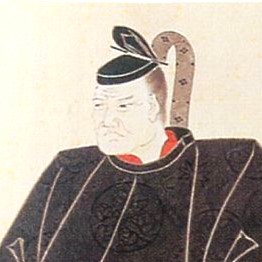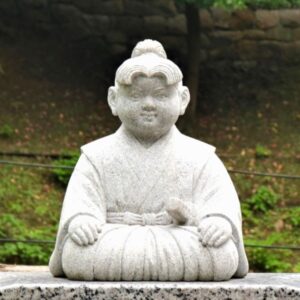Shoko Shuseikan, The Wise Lord Shimazu Nariakira Seeded a Modern Nation
Shoko Shuseikan Museum, registered as one of "Japan’s Meiji Industrial Revolution, encompassing Iron and Steel, Shipbuilding, and Coal Mining," is a group of factories established in 1851 by Shimazu Nariakira (1809-1858, 島津斉彬), the 28th head of the Shimazu clan and the lord of Satsuma domain. With the threat of Western powers expanding into Asia becoming a reality at the end of the Edo period (1603-1868), the factories became a major production centers for iron cannons, land mines, gas lamps, faceted work, agricultural tools, and other products. While other clans focused on measures to strengthen the military, Nariakira recognized the importance of a "wealthy country" and continued to take various steps to achieve both a "wealthy country" and a "strong military. The adjacent Sengan-en Garden is a magnificent Shimazu family garden overlooking Sakurajima Island in Kinko Bay. Japan's first gas lamp called Crane Lantern can be seen. The Satsuma-kiriko (cut glass) gallery is also not to be missed.
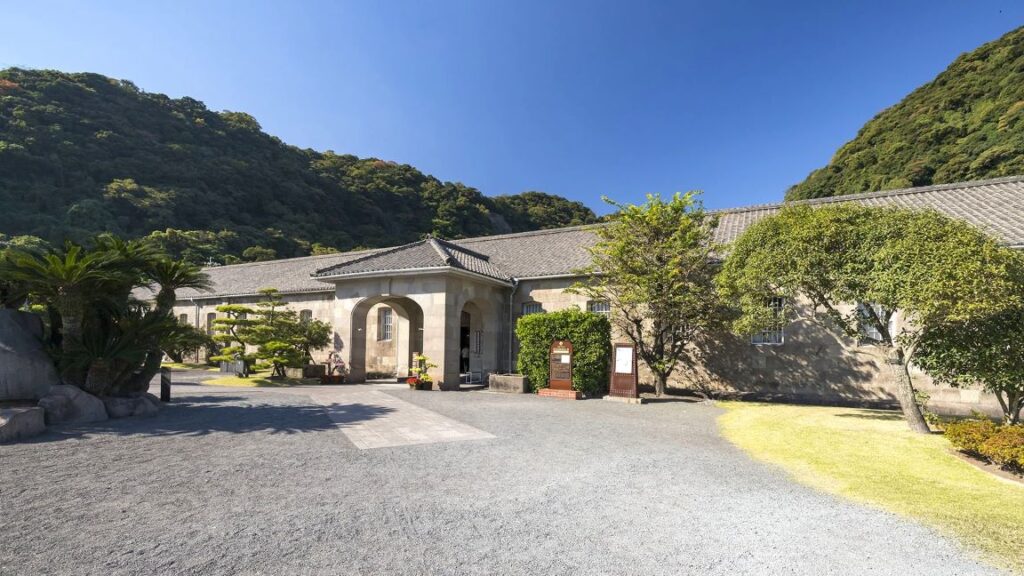
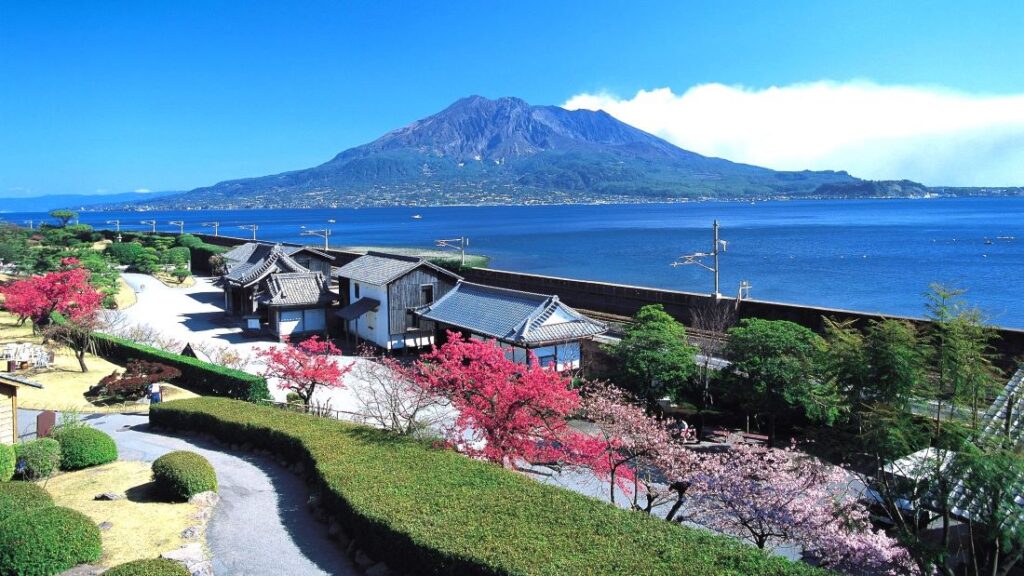
The Shimazu Family Raised Nariakira
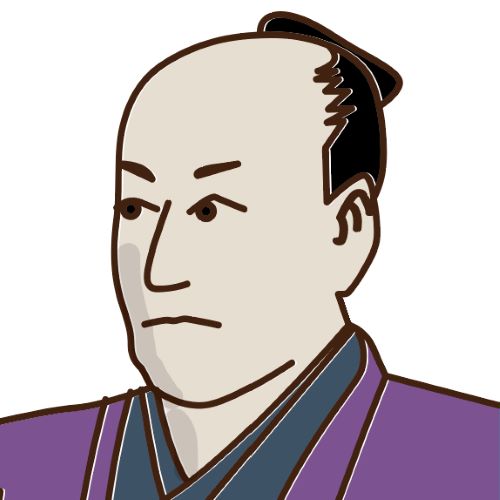
The birth of the wise ruler of Nariakira resulted from his great-grandfather, Shigehisa, and his mother, Kaneko. Extremely Western-influenced Shigehide spoke Dutch and Chinese, had a close friendship with successive directors of the Japanese-Dutch government, and was familiar with Western scientific culture. He also created world maps and calendars. Nariakira was especially loved by Shigehide and grew up as a feudal lord who was well-versed in world affairs and Western science. His mother, Kaneko, brought up Nariakira directly using many books. Thanks to her nurturing, he started reading Chinese classics at the age of 6 or 7 and had read through the Twenty-first History by the age of 17. He also learned Japanese poetry and painting and started on the path to becoming a wise ruler from a very young age.
The Foundation of the Satsuma's Power
As one of the four wise lords at the end of the Edo period, Shimazu Nariakira was aggressive in reforming the domain with wealth and military strength, enhancing human resources, and participating in the politics of the shogunate. The Satsuma’s strong power was based on information-gathering ability, economic power, military power, political strength, brilliant blood relations, and human resource development. Many of these were laid under Nariakira's strong leadership.
Information-Gathering Ability
Satsuma domain covered a vast sea area as a unique maritime domain, traded with China through the Ryukyu Kingdom, and got much overseas information through Ryukyu. Nariakira got accurate knowledge of the turbulent situation in East Asia through a monthly magazine published by a British missionary. Particularly, he understood that more and more foreign ships came to Ryukyu once the British Opium War with the Qing Dynasty ended in 1842. French and British fleets landed in Ryukyu seeking friendship, trade, and missionary work. He had also received the information about Perry's fleet toward Japan a year before it arrived at Uraga port near Edo. Recognizing the reality of the power gap between Japan and Western countries, Nariakira took steps to become a wealthy country with a strong military.
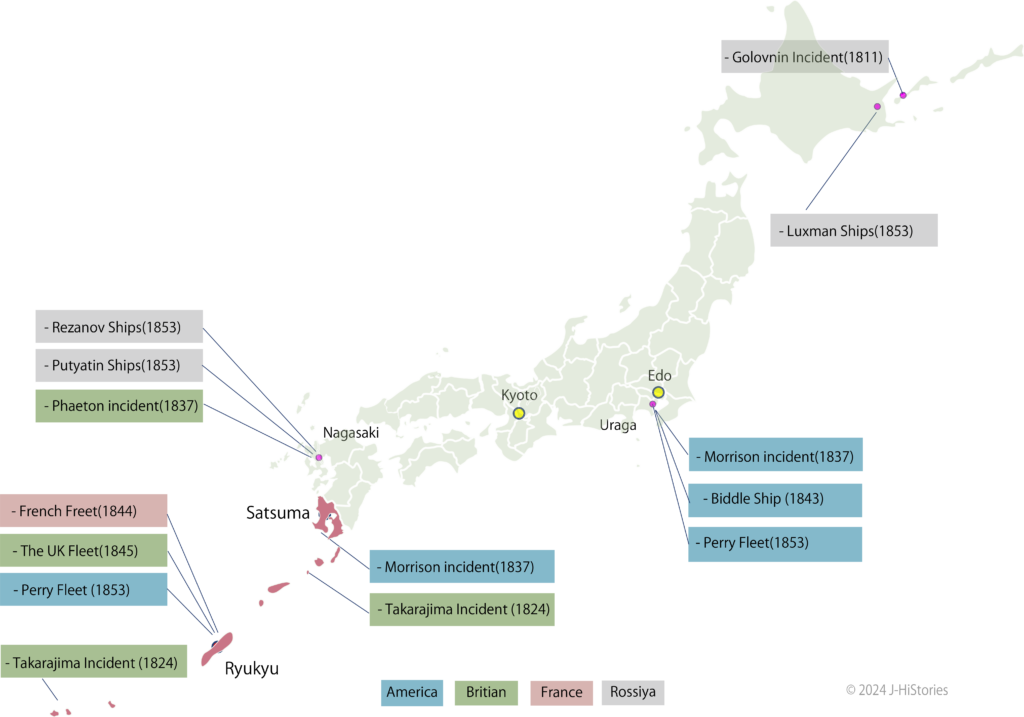
Economic Power
During the late Edo period, the Satsuma domain boasted an unrivaled economic prowess, surpassing other domains. This achievement resulted from the successful reforms led by Zusho, the chief retainer. One notable example was the management of brown sugar produced in Amami and other islands. He succeeded in doubling its sales by controlling the quality and distribution of brown sugar, which was high and low prices. Moreover, Zusho received information about the skyrocketing price of cotton following the Union victory in the American Civil War (1861-1865). He strategically gathered inexpensive domestic cotton and sold it to Thomas Glover, resulting in substantial profits. These savings enabled Nariakira to undertake the ambitious Shuseikan project.
Note: It should also be remembered that his financial reconstruction through the severe brown sugar production was a historical episode involving the suffering of many islanders, including famine and starvation.
Military Power
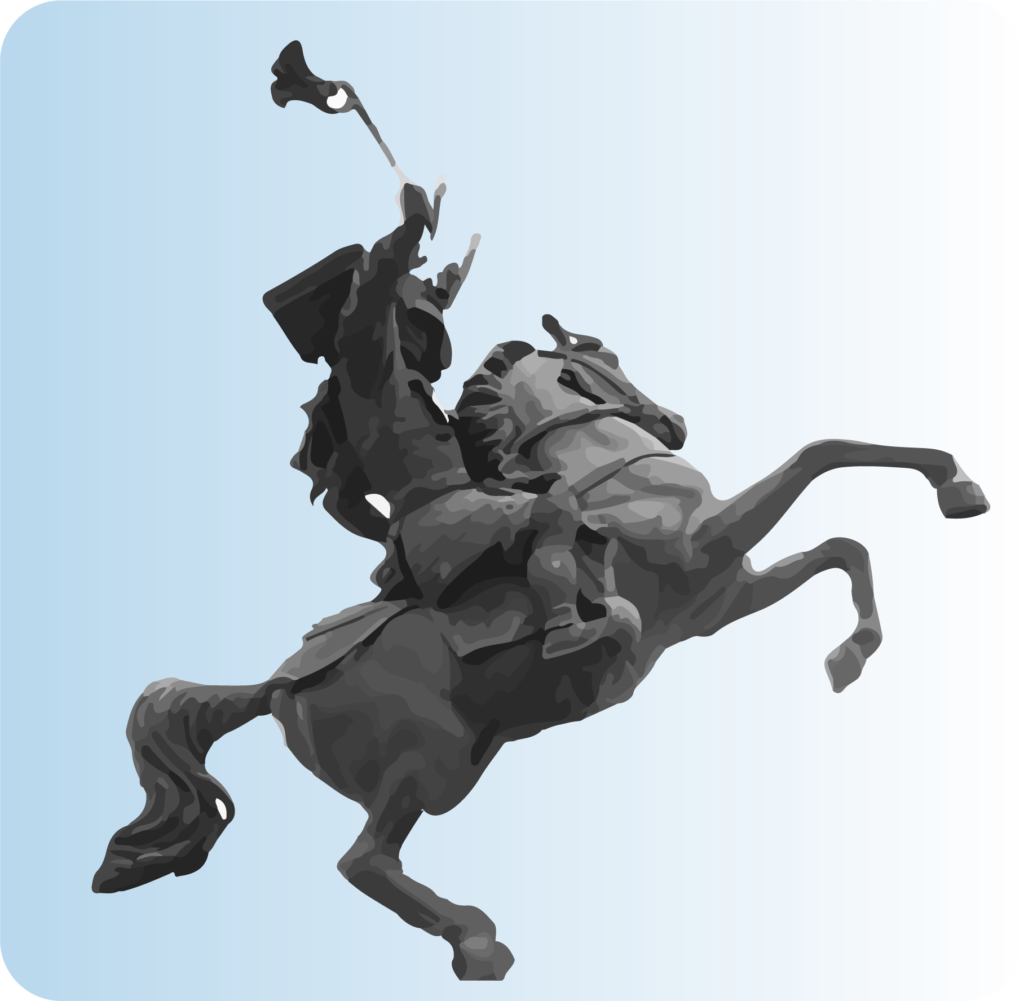
The Shimazu clan had a long history dating back to the Kamakura period, when the founder, Tadahisa, was appointed governor of Kyushu’s largest estate by the first shogun, Minamoto Yoritomo, in 1185. Entering the Warring State Period, the Shimazu clan had fought one by one to expand the territory. In 1578, following the victory of the Mimi River Battle, where armies numbering around 30,000 clashed, the Shimazu clan solidified their dominance in Kyushu. The pivotal Battle of Sekigahara in 1600 started at 8 a.m. on September 15. With the Western forces facing imminent defeat, Shimazu Yoshihiro, who had sided with the Western forces, made a bold decision. It was to retreat in a forward breakthrough toward the eastern army led by Tokugawa Ieyasu. This was a brilliant retreat, overcoming the pursuit of the elite force of Red Devils under Ii Naomasa, one of Ieyasu's Four Generals. This greatly bolstered Satsuma's military renown.
Political Strength

At the end of the Edo period, Japan concluded treaties with Western countries such as the United States, Britain, Russia, and the Netherlands, under the leadership of Abe Masahiro, the highest-ranking governor of the Shogunate. Abe involved a progressive Nariakira in the shogunate discussions, aiming to overcome numerous challenges facing the administration. The conclusion was, in a single phrase, "the national unity.” Nariakira's political power was expressed in his principle: "思邪無, Omoi Yokoshima-nashi," meaning the earnest pursuit of a straight heart without evil thoughts. He advocated opening Japan to the outside world despite the national isolation policy, acquired Western technologies, and engaged in open discussion within the shogunate. These abilities were the source of his political power. With Nariakira's leadership, the Satsuma domain developed Japan's first steamship, Shoheimau, and presented it to the Shogunate.
Brilliant Blood Relation
Nariakira's political influence was owed much to his familial ties, particularly to the Konoe family, the head of the five regent families advising emperors. Moreover, the Shimazu family was tied with both the Tokugawa shogun family and prominent Western federal lords. His great-grandfather Shigehira’s daughter, Shigehime, became the wife of the 11th Shogun, Tokugawa Ienari, and his female cousin, Atsuhime, married the 13th Shogun, Tokugawa Iesada. Furthermore, the Shimazu family produced federal lords of the Nakatsu, Fukuoka, and Hachinohe domains in Kyushu, as well as the Matsuyama and Okayama domains in Western Japan. These familial alliances were built up in layers and foundation of Nariakira’s political strength.
Human Resource Development
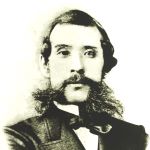
@ NDL,近世名士写真

@ NDL,近世名士写真
Nariakira foresaw the opening of the country to the outside world and promoted and trained yet low-ranking samurai such as Saigo Takamori (1828-1877, 西郷隆盛) and Okubo Toshimichi (1830-1878, 大久保利通) to lead the new era. Saigo, later a general in the Boshin War, played a pivotal role in securing the bloodless surrender of Edo Castle and became a general in the army of the Meiji government. Okubo, sickly and useless as a samurai but clear-headed, emerged as a skilled politician, eventually serving as the first prime minister. Furthermore, despite the shogunate's travel ban, Nariakira sent 15 talented young men to London via Ryukyu. These individuals acquired knowledge and skills in London. Upon their return, they contributed to modernizing the nation. Nariakira's belief in human resource development: "I do not promote those whom ten people like to promote because these people cannot respond to emergencies," is still true today.
Harmony is Better Than Any Castle
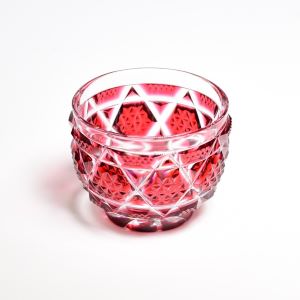
Nariakira's words expressing his desire for a prosperous nation and a strong military remain: "If people can live in prosperity, they will naturally come together. Harmony is better than any castle." Nariakira strived to modernize the domain, but he died suddenly in 1858 at the age of 50. His will was realized by the engineers who worked at Shoko Shuseikan and the talented people who studied in London and acquired knowledge and skills. Visit the Shoko Shuseikan Museum and the adjacent Sengan-en Garden to experience the modern nation Nariakira envisioned firsthand. The Satsuma-kiriko, a work of art created by Nariakira's passion, captured the light and showed various expressions, fascinating those who saw it or held it in their hands. About 100 years later, the Shimazu family resumed production. It continues to attract visitors today.
Shimazu Nariakira Timeline
| 1600 | The Battle of Sakigahara | - | Warring States Period |
| 1603 | Ieyasu established the Tokugawa Shogunate at Edo | - | Edo Period |
| 1614 | The Winter Siege of Osaka. The first battle of Yoshinao and Yorhinobu | - | |
| 1615 | Toyotomi's Osaka Castle burnt down to the ground at the Summer Siege of Osaka | - | |
| 1809 | Shimazu Nariakira was born | Age =1 | |
| 1826 | Accompanied by his great-grandfather, Nariakira met with Siebold | 17 | |
| 1840 | Opium War (1840-42) | 31 | |
| 1845 | Abe Masahiro became the head of the Roju (shogun's council). | 36 | |
| 1846 | France demanded Ryukyu be opened to the world. | 37 | |
| 1851 | Shimazu Nariakira became the lord of the Sattsuma domain | 42 | |
| 1851 | Shimazu Nariakira started industrialization at Shuseikan | 42 | |
| 1852 | The chief of the Dutch trading post warned the Nagasaki magistrate of Perry's arrival. | 43 | |
| 1852 | John Manjiro had an audience with Nariakira | 43 | |
| 1853 | Commodore Perry of the US entered port at Uraga at the entrance to Edo Bay | 44 | |
| 1853 | Shimazu Nariakira appeal to lift the ban on building large ships to the Shogunate | 44 | |
| 1853 | The Shogunate lifted the ban on the construction of large ships. | 44 | |
| 1854/3 | The Treaty of Peace and Amity between the US and Japan was concluded | 44 | |
| 1854/8 | The Treaty of Peace and Amity between the UK and Japan was concluded | 44 | |
| 1854/12 | The Treaty of Peace and Amity between the Russia and Japan was concluded | 44 | |
| 1854 | Nariakira entered Edo and appointed Saigo as an officer. | 44 | |
| 1855 | The Satsuma domain developed Japan's first steamship and presented to the Shogunate. | 45 | |
| 1856 | Atsuhime became the wife of the 13th shogun, Tokugawa Iesada. | 47 | |
| 1856 | Arrow Incident (Second Opium War) | 47 | |
| 1857 | Nariakira appointed Saigo and Okubo to the post of assistant | 48 | |
| 1858/06/19 | The Treaty of Amity and Commerce between the United States and Japan was concluded without an imperial sanction in 1858 | 48 | |
| 1858/06/25 | Iesada declared Tokugawa Yoshitomi as the 14th Shogun | 48 | |
| 1858/08/24 | Shimazu Nariakira passed away | 48 | |
| 1862 | Yoshinobu became the guardian of the Shogun, Iemoch | - | |
| 1867/11/10 | Taisei Hokan, Tokugawa's political power was officially returned to Emperor Meiji | - | |
| 1868/4/11 | Edo castle surrendered without bloodshed to Imperial Army | - | |
| 1868/10/23 | The Meiji Restoration | - | Meiji |
Recommendations to visit
Shoko Shuseikan Museum & Sengaku-en Garden
- Access: 50 minutes from JR Kagoshima Central Station via Kagosima Ciry View Bus. Get off the bus at the "Sengaku-en-mae" stop (仙巌園前)

